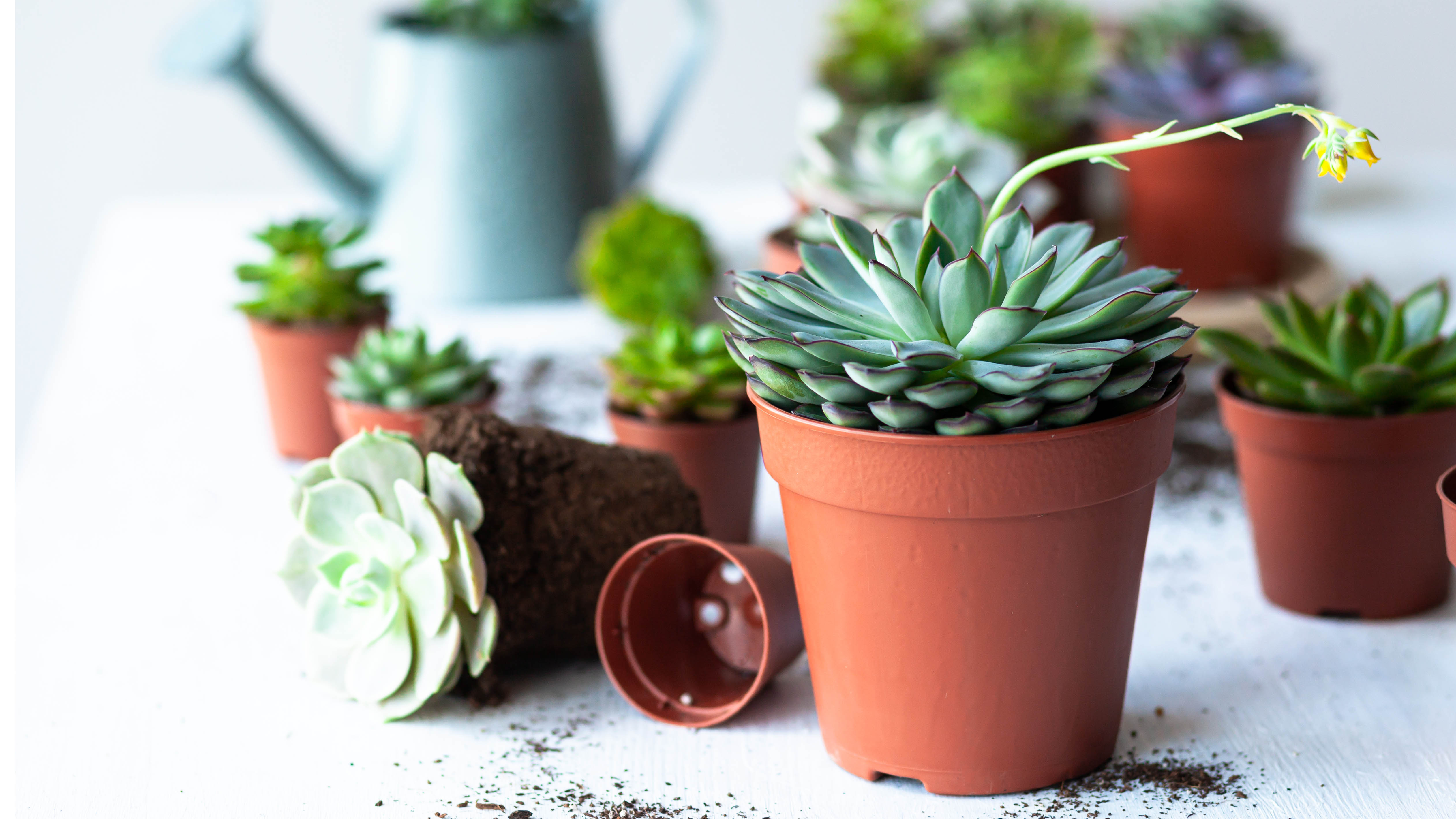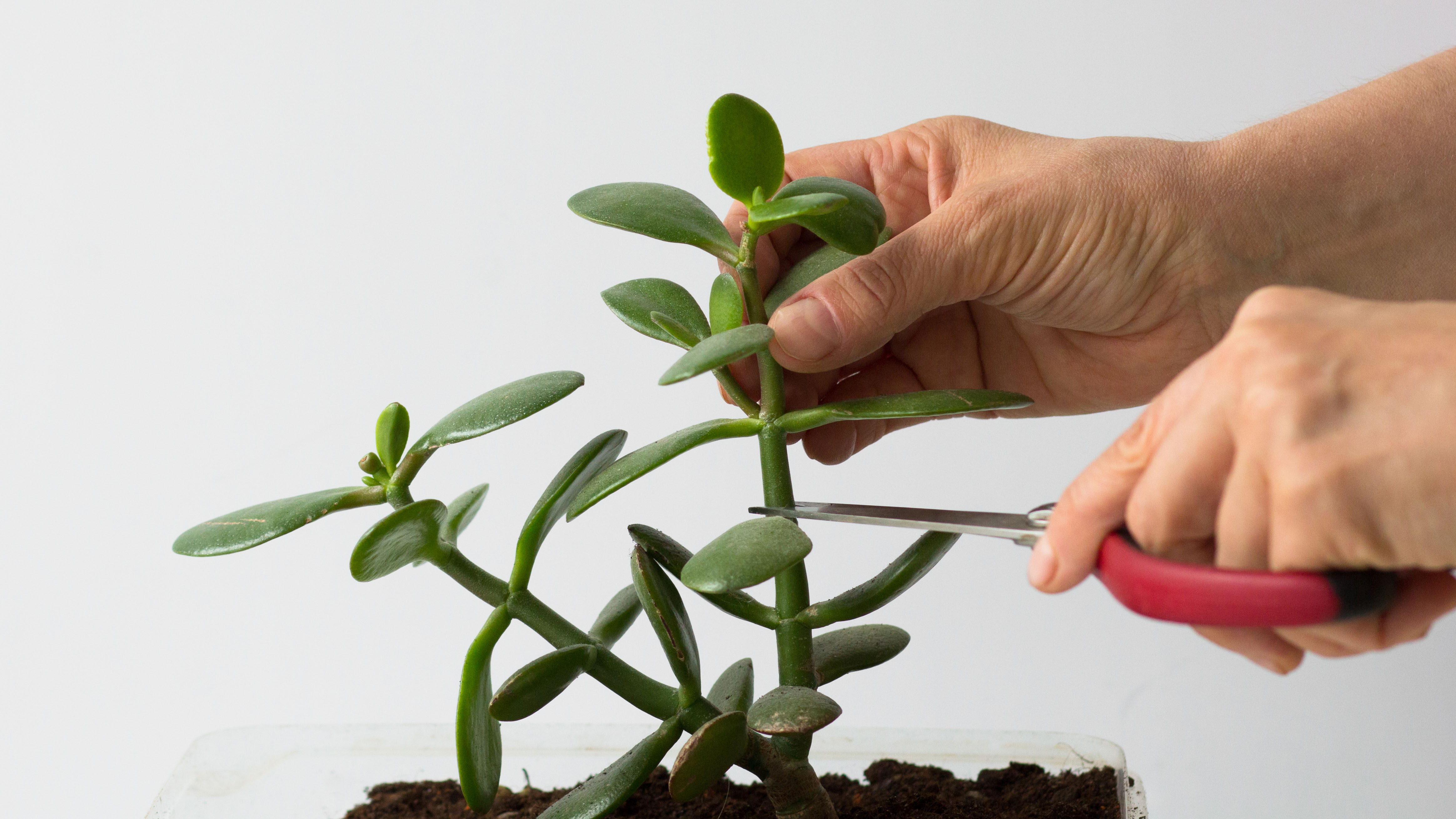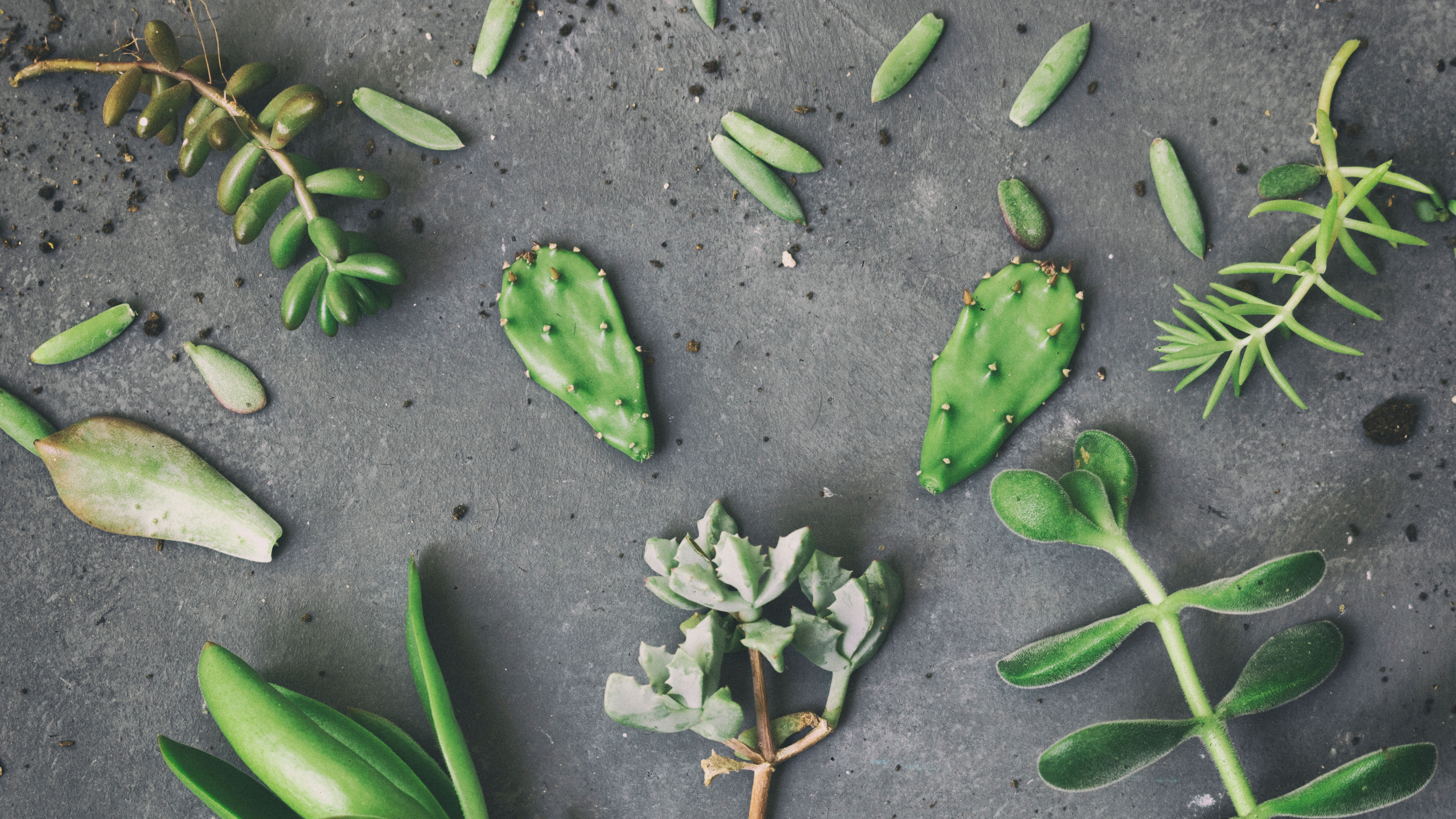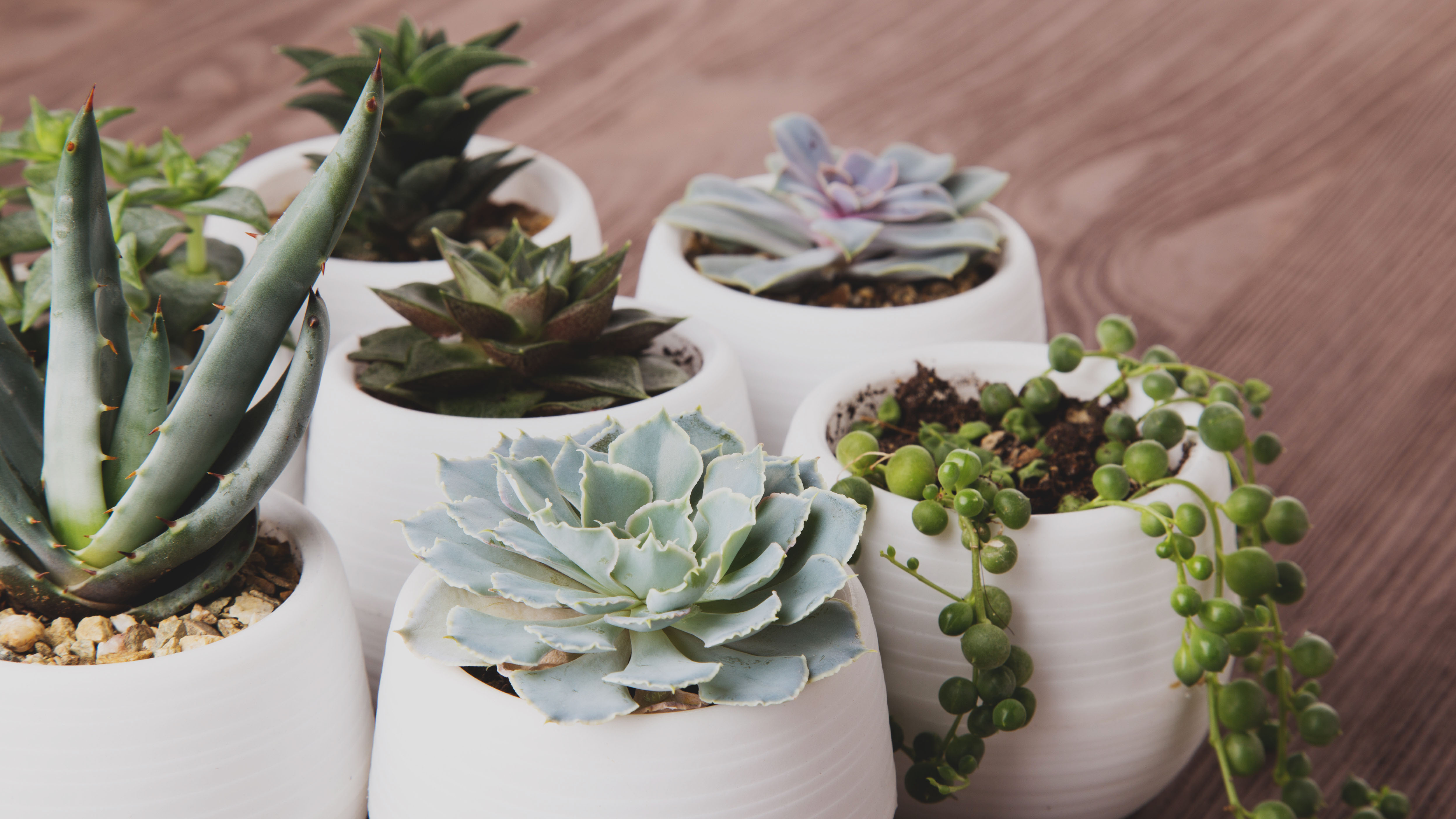How to propagate succulents from cuttings — multiply your plants for free

As a houseplant parent, you may already know the secret to keeping your plants happy — whether that's knowing how to properly water them, repotting your plants once they've outgrown their home, or experimenting with trendy planting techniques. But if you're looking to expand your collection without spending a fortune, learning how to propagate succulents from cuttings is the way to go.
You can also use leaves and pups to propagate succulents, which we covered in our complete succulent propagation guide, but these hardy plants, known for their unique shapes and low-maintenance nature, are surprisingly easy to multiply through cutting. With just a leaf or a stem, you can create new plants that are exact copies of the original. It's a simple process that can help you fill your home with these charming plants, or even share them with friends.
Let's explore how you can turn one succulent into many, unlocking the potential for a lush, diverse collection. We'll break down the process step by step, so you can confidently multiply your favorite plants.
1. Choose your succulent

Start by selecting a healthy, mature succulent with plump leaves or well-developed stems. Decide whether you'll propagate from a leaf or a stem cutting.
For leaf propagation, gently twist a leaf from the stem, ensuring you get a clean pull with the base intact. For stem cutting, use clean, sharp scissors to cut a segment, leaving at least 2-3 inches of stem.
2. Allow callusing

Place your leaf or stem cutting on a dry surface in a warm, shaded area. Let it dry out and form a callus over the cut area, which usually takes 2-3 days. This crucial step prevents rot and increases the chances of successful propagation.
3. Prepare the potting mix

While waiting for callusing, prepare your propagation container. Use a well-draining potting mix specifically designed for succulents and cacti.
You can make your own by mixing regular potting soil with coarse sand and perlite in equal parts. Fill a small pot or tray with this mix.
4. Plant the cuttings

For leaves, simply lay them on top of the soil, making sure the cut end is slightly buried. For stem cuttings, plant them about an inch deep into the soil. If using a tray, space multiple propagules about an inch apart.
10PCS Clear Plant Nursery Pots with Humidity Dome: $11.99 @ Amazon
This 10-piece set of plant nursery pots is ideal for propagation. Each one comes with a domed lid for optional control over humidity, and because they're not connected, you can display them along a window or any small place you desire.
5. Create the right environment

Place your pot or tray in a spot that receives bright, indirect sunlight. Avoid direct sunlight as it can scorch the delicate new growth.
You can cover the container with clear plastic to create a greenhouse effect, but be sure to provide ventilation.
6. Water sparingly

Succulent propagation requires a delicate balance of moisture. Mist the soil lightly every few days, or when the top layer of soil feels dry.
Be careful not to overwater, as this can lead to rotting. The soil should be just slightly damp, never soggy.
7. Monitor growth and transplant

Patience is key in succulent propagation. Roots should develop in 2-3 weeks, but new growth may take several weeks to months.
Once you see new leaves or significant growth, and the plant has established roots, it's time to transplant.
Gently remove the new succulent and plant it in a permanent pot with fresh succulent soil. Resume normal succulent care, gradually increasing sunlight exposure.
The world of indoor gardening is full of surprises — did you know there are even houseplants you can grow without soil? If you're feeling inspired to expand your indoor jungle, consider exploring plants that will thrive in your kitchen or the most powerful houseplants to ease stress and give your mood a boost.
Get instant access to breaking news, the hottest reviews, great deals and helpful tips.

Kaycee is Tom's Guide's How-To Editor, known for tutorials that skip the fluff and get straight to what works. She writes across AI, homes, phones, and everything in between — because life doesn't stick to categories and neither should good advice. With years of experience in tech and content creation, she's built her reputation on turning complicated subjects into straightforward solutions. Kaycee is also an award-winning poet and co-editor at Fox and Star Books. Her debut collection is published by Bloodaxe, with a second book in the works.

